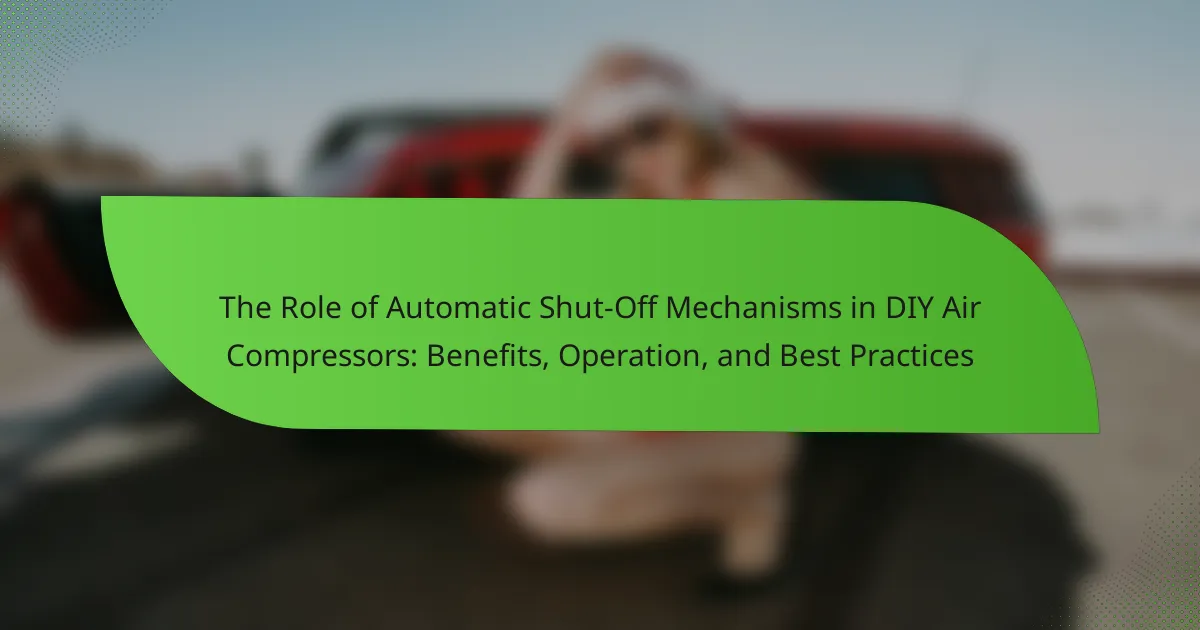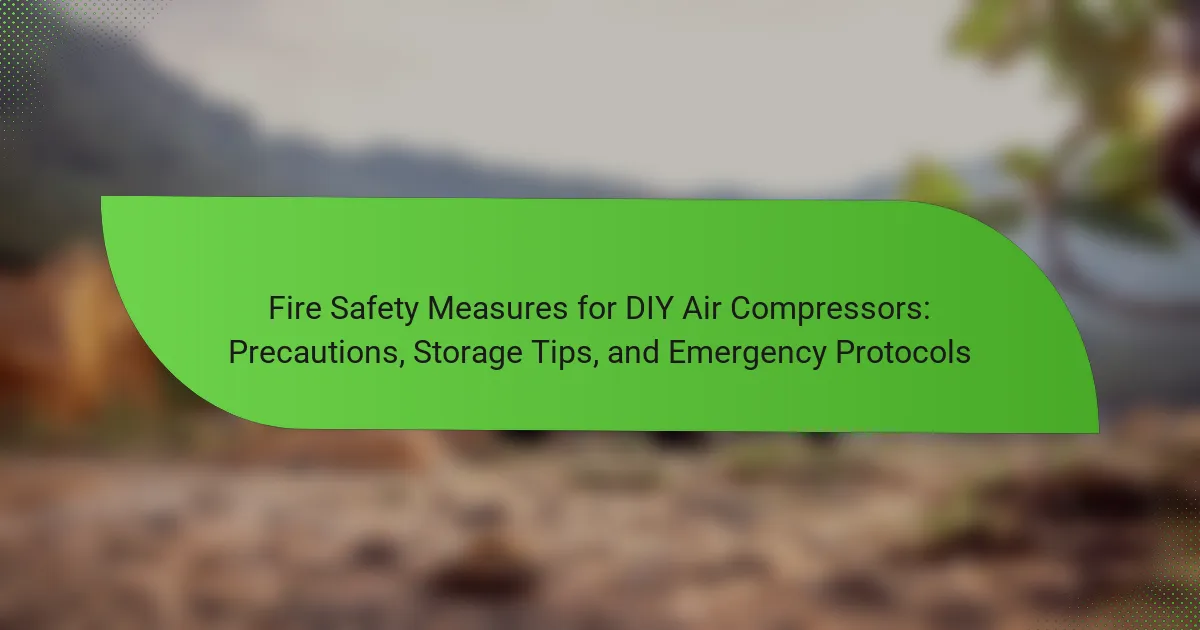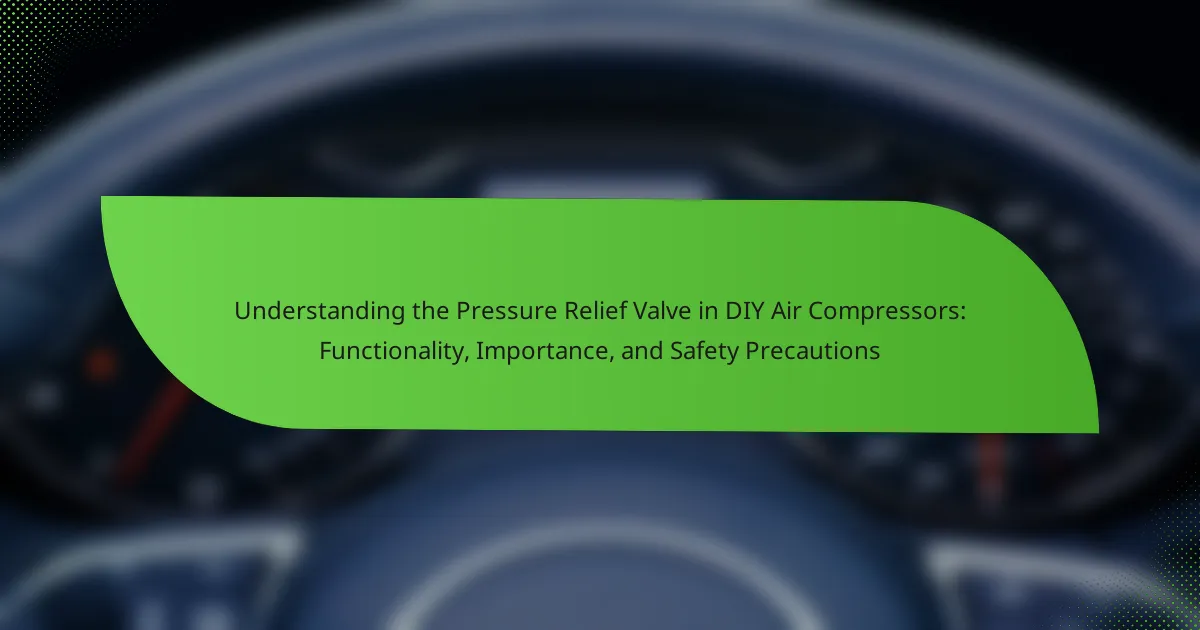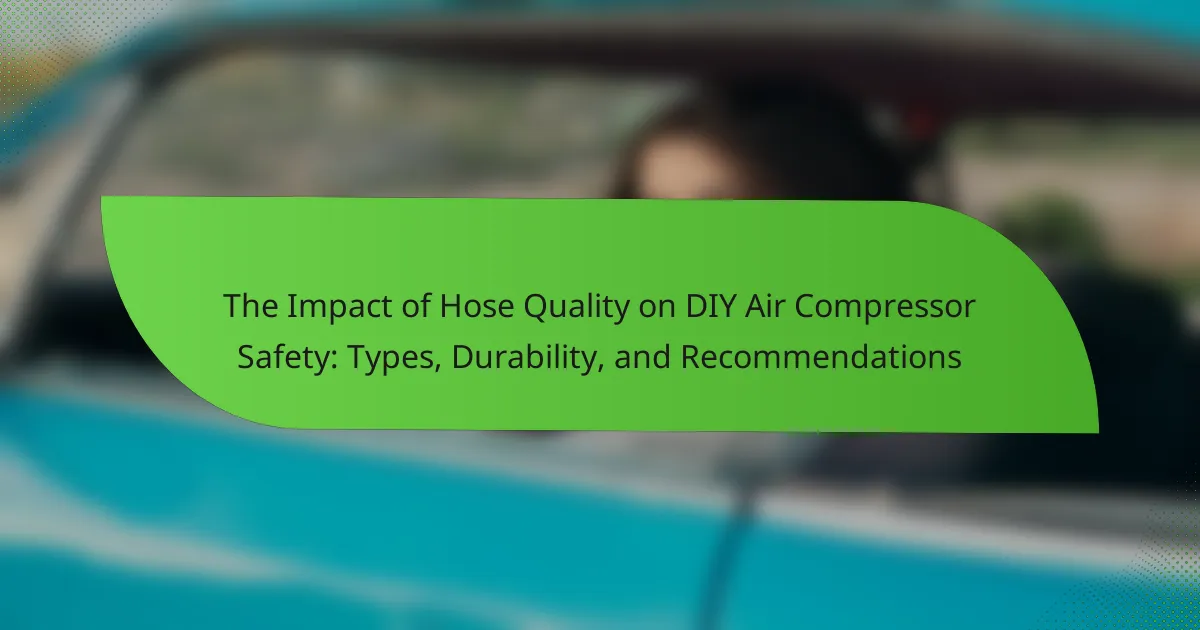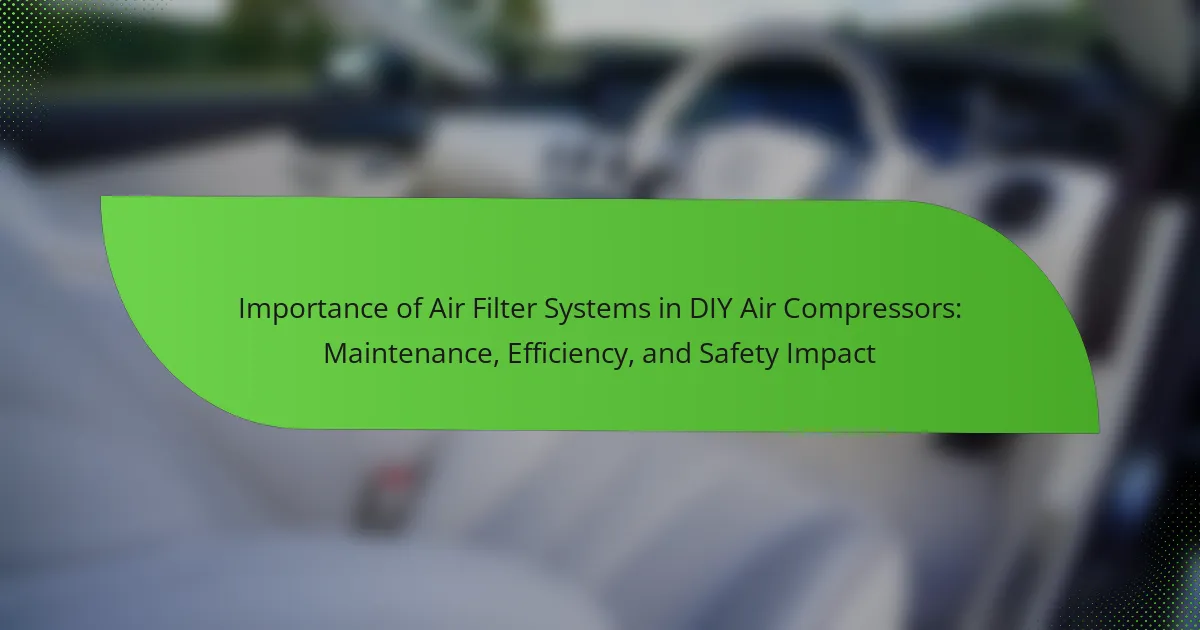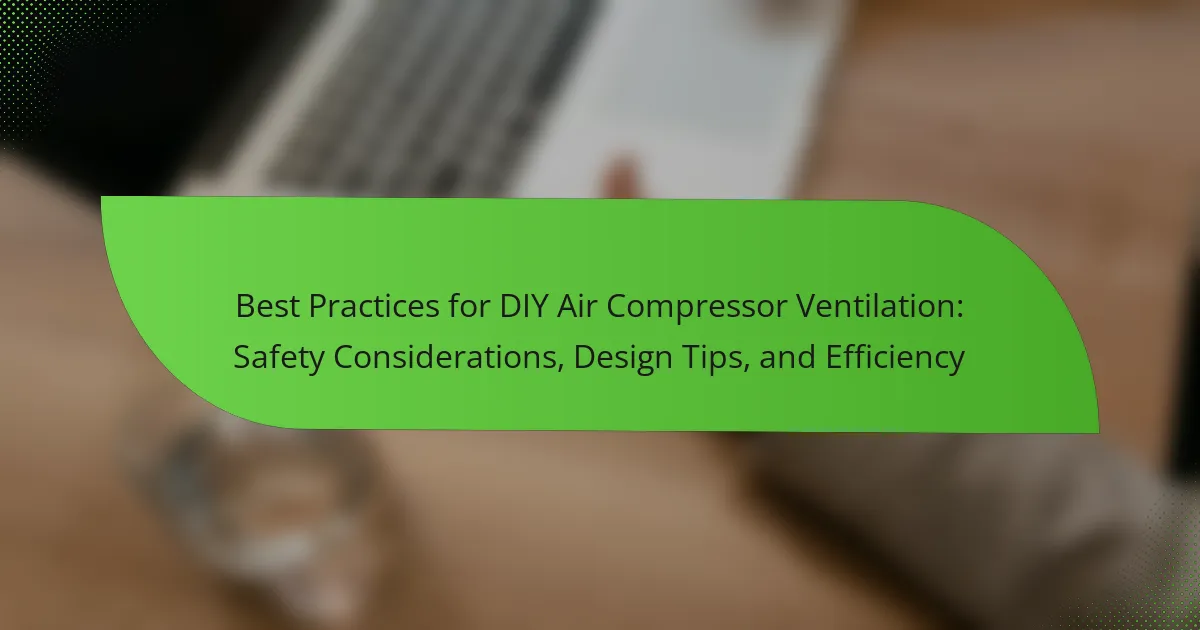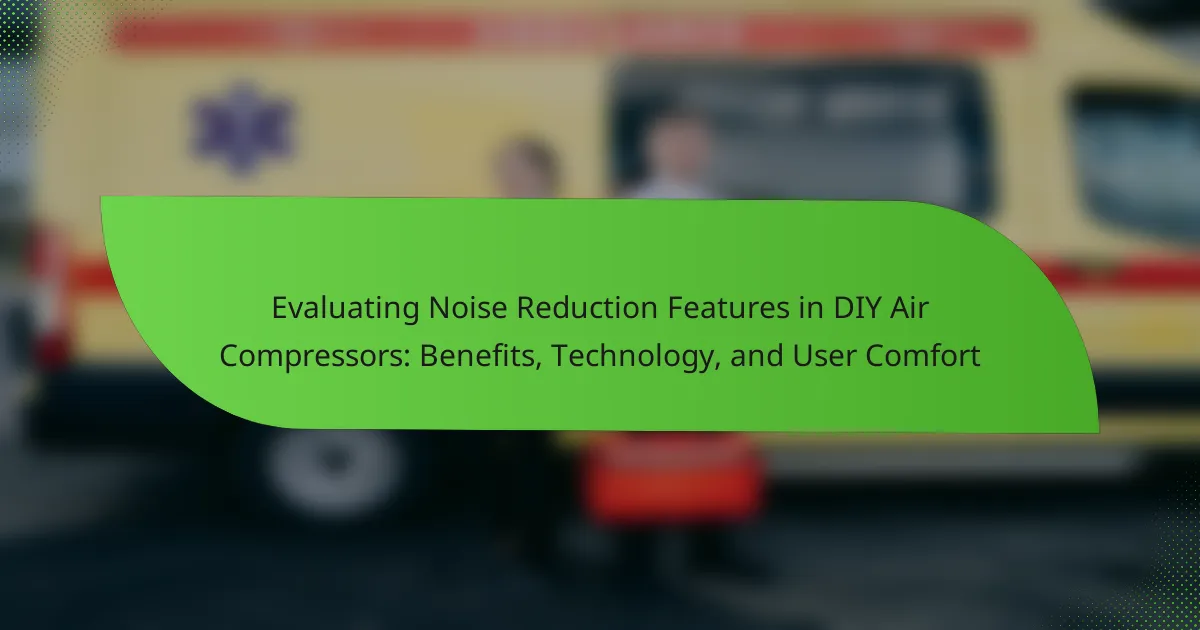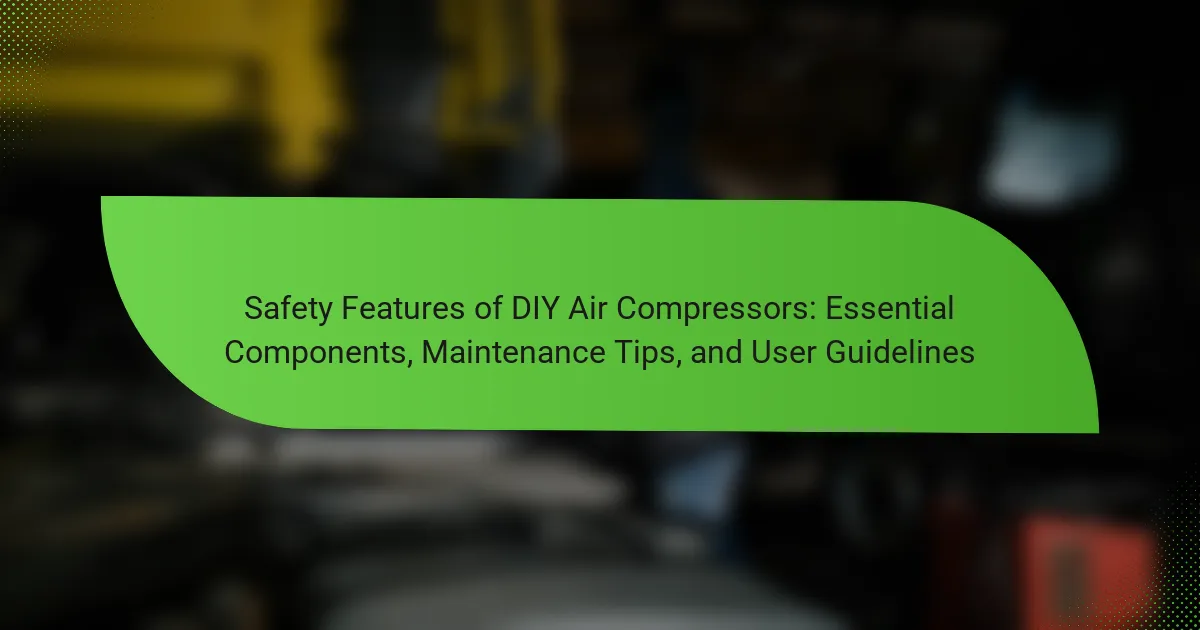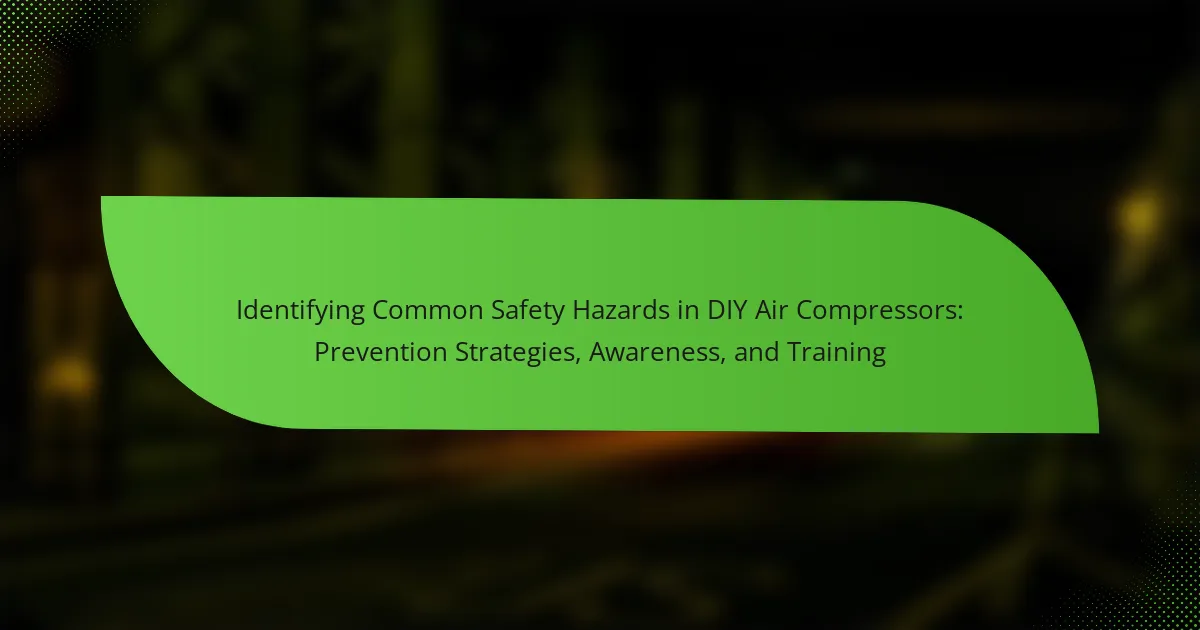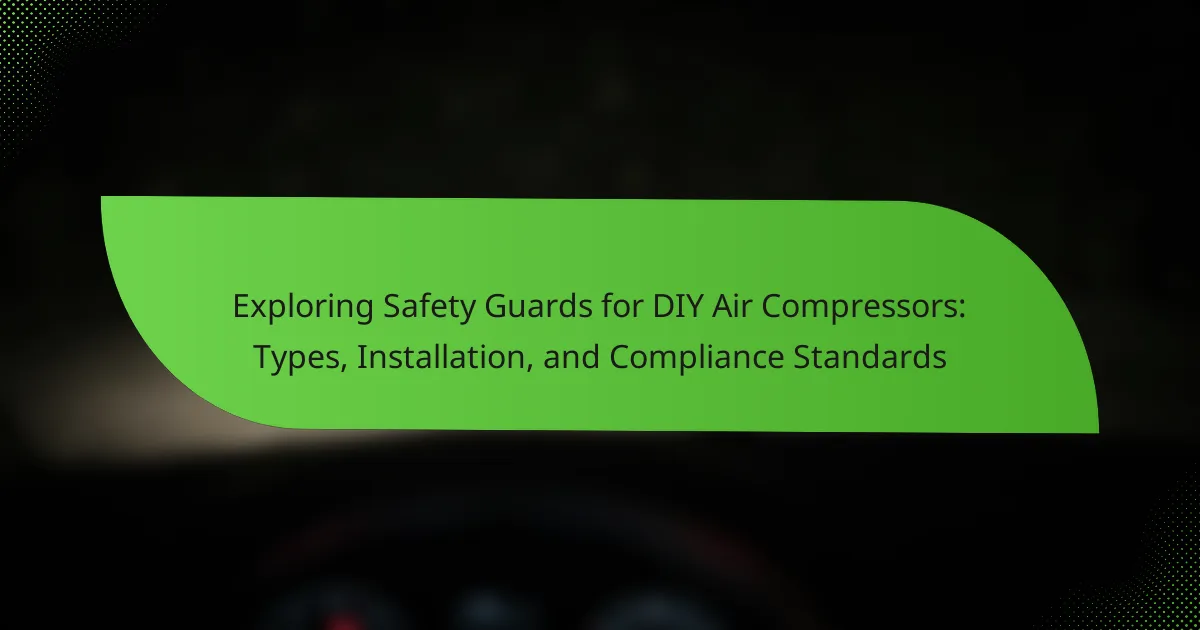
Exploring Safety Guards for DIY Air Compressors: Types, Installation, and Compliance Standards
Safety guards for DIY air compressors are protective devices that prevent accidental injuries by covering moving parts and restricting access to high-pressure areas. This article explores various types of safety guards, including pressure relief valves, safety shields, and thermal overload protectors, which collectively enhance user safety and compliance with safety regulations. It details the installation…
